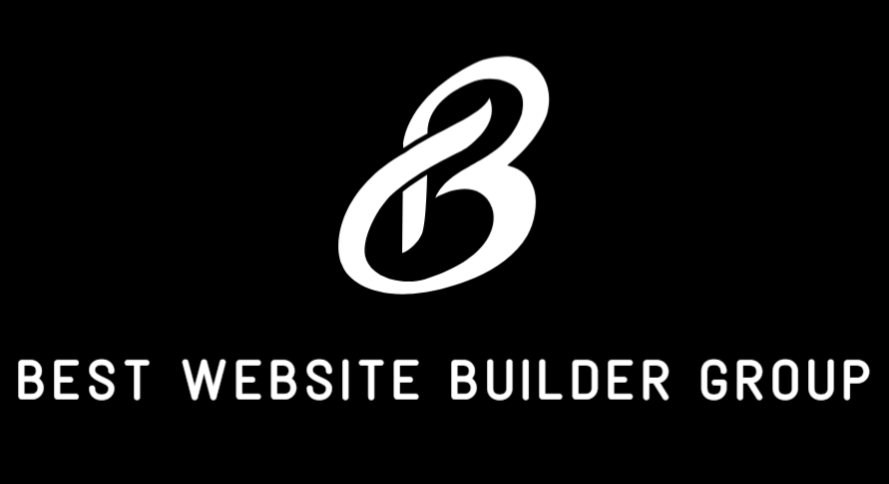When business owners first ask themselves, what is website maintenance, they often picture updating content or changing a few images. In reality, the term represents an ongoing process that touches every aspect of a website’s performance, security, and reliability. A well-maintained site runs smoothly, loads quickly, resists cyber threats, and continues to meet the evolving expectations of users and search engines alike. Just as a car requires oil changes and inspections, a website needs regular care to keep functioning at its best. Neglecting this process can lead to security breaches, technical failures, and lost opportunities for growth.

Understanding the Meaning of Website Maintenance
To fully answer the question of what is website maintenance, it helps to view a website as a living digital entity. Technology evolves daily, and websites must adapt to remain effective. Maintenance includes software updates, security patches, performance optimization, backups, and content improvements. The World Wide Web Consortium (W3C) emphasizes that ongoing technical upkeep ensures compatibility across browsers and devices, protecting both accessibility and usability. For companies, maintenance is not optional; it is a continuous requirement that preserves credibility and protects customer trust.
Why Website Maintenance Matters for Businesses
Modern businesses rely on their websites as central hubs for communication, sales, and brand presence. When considering what is website maintenance, the importance lies in both security and performance. Cybersecurity threats increase every year, and outdated systems are the easiest targets. Maintenance includes updating plugins, applying security patches, and renewing SSL certificates. At the same time, Google and other search engines measure site speed, mobile responsiveness, and uptime when determining rankings. A well-maintained website not only functions better but also earns higher visibility in search results, directly supporting marketing efforts and sales goals.

Core Elements of Website Maintenance
Website maintenance covers a broad range of tasks that go far beyond simple content edits. Each element plays a role in the site’s overall health:
Software and Plugin Updates: Content management systems like WordPress frequently release updates to improve performance and security. These updates must be applied promptly to prevent vulnerabilities.
Performance Enhancements: Optimizing load speed through image compression, caching, and script adjustments creates a smoother user experience and supports better search rankings.
Security Measures: Firewalls, malware scans, and SSL certificates provide essential layers of protection. Maintenance ensures these defenses remain active and effective.
SEO Monitoring: Maintenance integrates with SEO Services by addressing broken links, updating sitemaps, and ensuring metadata remains aligned with algorithms.
Data Backups: Scheduled backups provide insurance against unexpected server crashes, hacking attempts, or human errors.
Content Management: Regular updates keep information fresh and relevant, demonstrating activity to both search engines and potential customers.
The Link Between Maintenance and SEO
Many wonder if what is website maintenance is different from search engine optimization. The truth is that the two are closely intertwined. Without proper upkeep, SEO efforts lose effectiveness. A site with broken links, outdated content, or slow load times will rank poorly, even if keywords are optimized. Maintenance ensures technical SEO practices such as schema markup, mobile optimization, and site speed are addressed regularly. Businesses that invest in Technical SEO Services alongside maintenance see the strongest results, as both elements complement each other in driving visibility and user engagement.
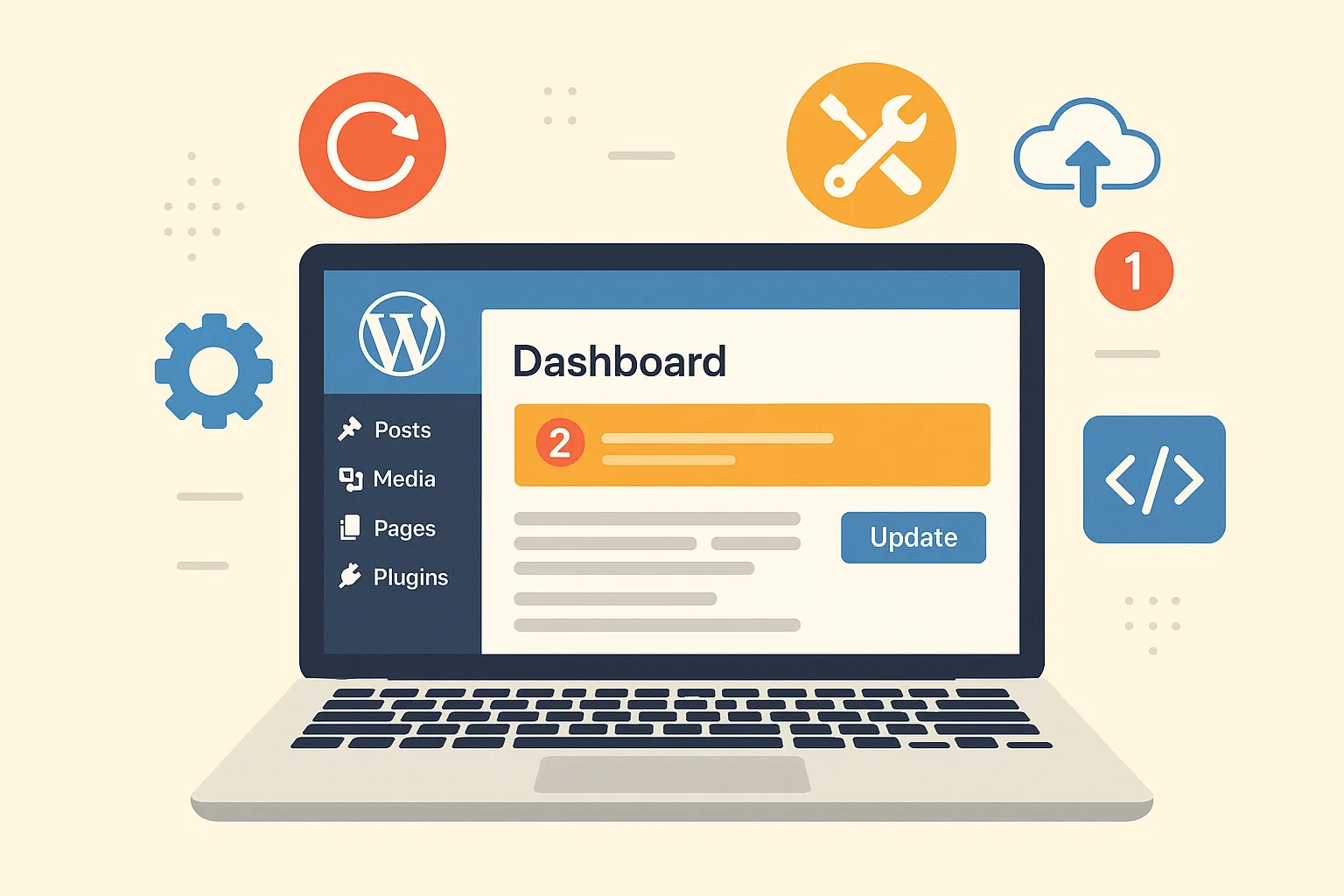
Website Security and User Protection
Security represents one of the most urgent reasons businesses prioritize maintenance. Hackers often exploit outdated software, weak passwords, or unpatched plugins to gain access. Regular updates and scans reduce these risks significantly. Firewalls, intrusion detection systems, and SSL renewals all form part of the security maintenance checklist. According to Google Search Central, websites marked as “not secure” face ranking penalties and user distrust. Beyond rankings, protecting user data is a matter of legal compliance and ethical responsibility. A breach not only costs money but can permanently damage brand reputation.
User Experience and Accessibility
Maintenance also impacts user experience, a factor that goes beyond simple speed optimization. Sites must remain accessible to people with disabilities, which requires compliance with ADA standards. Broken navigation, inaccessible forms, or missing alt text on images can frustrate users and potentially violate accessibility guidelines. Regular checks identify these issues before they harm reputation or expose the business to legal challenges. By keeping design elements consistent and functionality reliable, maintenance ensures that every visitor, regardless of ability, enjoys a smooth experience.
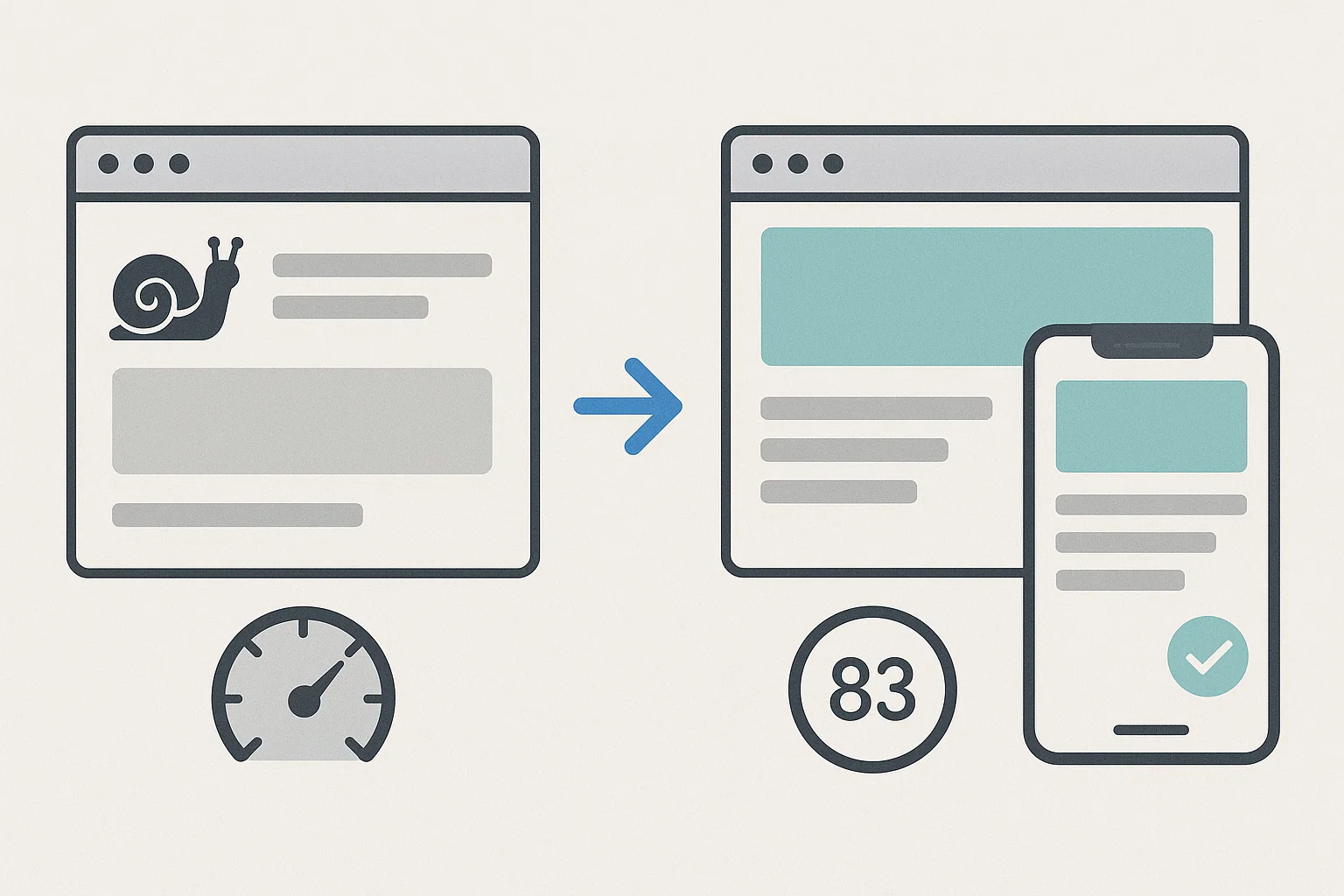
Financial Consequences of Neglecting Maintenance
One of the clearest answers to what is website maintenance comes from understanding the cost of neglect. Without regular updates, security vulnerabilities can lead to expensive breaches. Downtime caused by server failures or malware infections results in lost sales and frustrated customers. Repairing a hacked or broken site can be several times more costly than ongoing maintenance. Businesses that prioritize regular care treat it as insurance—an investment that prevents larger, unexpected losses. In contrast, neglect quickly compounds into technical debt that requires significant effort to resolve.
DIY Maintenance vs. Professional Support
Business owners often debate whether to manage maintenance on their own or hire professionals. While simple tasks like posting a blog or updating contact information can be handled internally, technical upkeep requires deeper expertise. Malware scans, firewall monitoring, and database optimization often fall outside the comfort zone of non-technical staff. Relying on professional support guarantees consistency, efficiency, and a proactive approach. For ecommerce businesses, the difference between downtime and full functionality can mean thousands of dollars in revenue. Partnering with experts ensures that no critical element is overlooked.
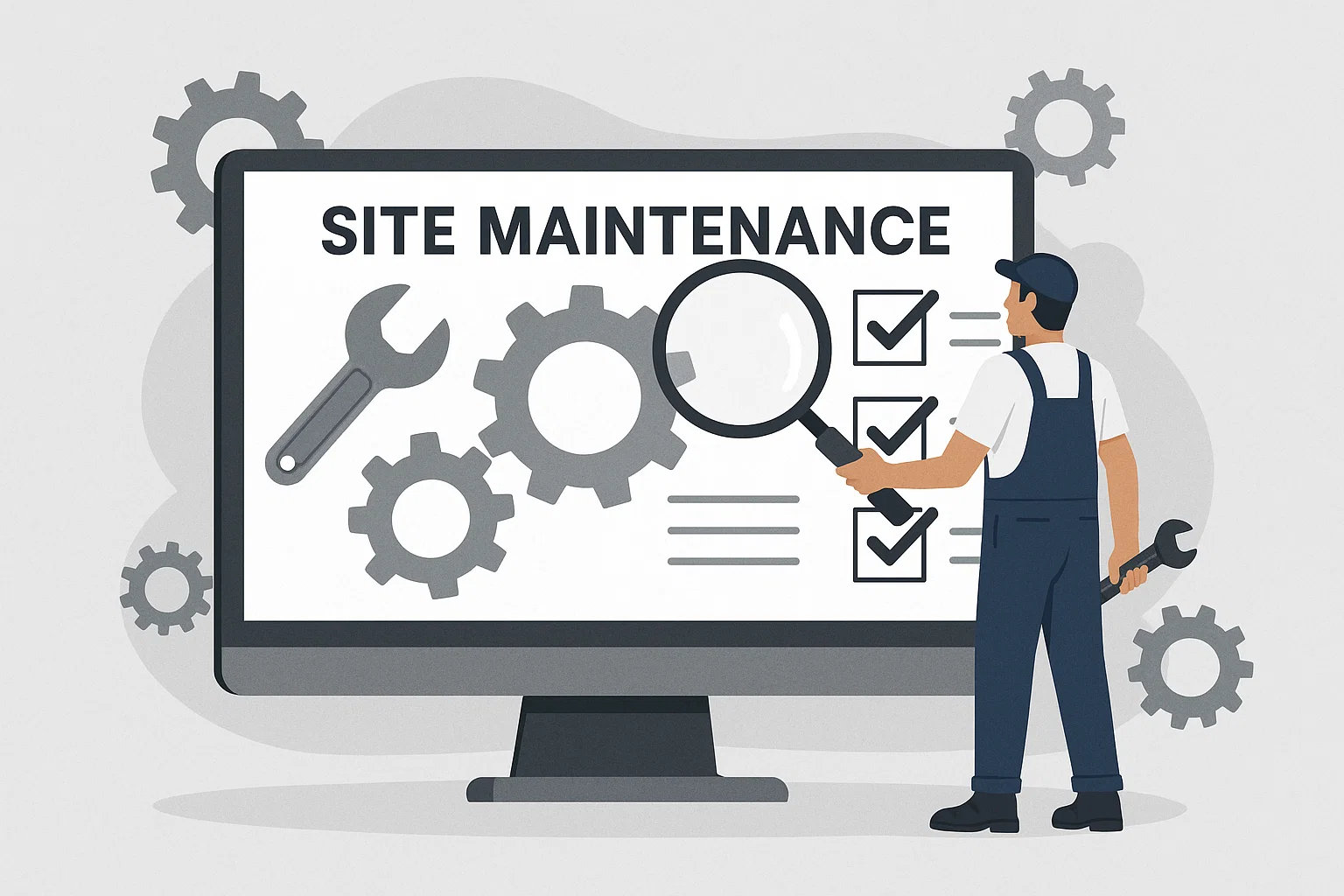
Industries That Rely Heavily on Maintenance
Some industries cannot afford even minor lapses in website upkeep. Ecommerce platforms must constantly monitor product updates, checkout security, and payment integrations. Service-based businesses depend on accurate contact information, local listings, and appointment booking tools. Healthcare websites must remain compliant with privacy laws while ensuring reliable patient communication. Even informational websites require updates to maintain credibility and relevance. For all of these industries, maintenance is not a luxury but a necessity that supports their operational stability and customer relationships.
Long-Term Cost Savings of Maintenance
Viewing maintenance as a long-term financial strategy reframes its importance. Proactive upkeep reduces the likelihood of expensive emergencies. For example, maintaining a secure server environment prevents the costs of data breaches, which may involve legal penalties, customer compensation, and public relations damage. Keeping software updated avoids compatibility problems that could otherwise require expensive redesigns. By spreading the costs of maintenance consistently over time, businesses benefit from predictable budgeting and stronger return on investment compared to emergency repairs.

Future Trends in Website Maintenance
As technology evolves, the question of what is website maintenance will continue to expand. Artificial intelligence tools are beginning to predict issues before they occur, allowing businesses to prevent downtime rather than simply react to it. Automation already handles many tasks, such as backups and plugin updates, and will only grow more sophisticated. Future maintenance strategies will likely include stronger integration with cybersecurity measures and performance analytics, providing business owners with real-time insights into their website health. Staying ahead of these trends ensures businesses remain competitive in a digital-first environment.
Integrating Maintenance into Business Strategy
For the best results, maintenance should be built into a company’s overall digital strategy. It complements other efforts such as branding, online marketing, and periodic Website Redesign projects. A structured maintenance plan ensures that updates are handled consistently, freeing business owners to focus on growth. When aligned with SEO strategies, hosting improvements, and ongoing design updates, maintenance becomes a driving force for online success rather than an afterthought.
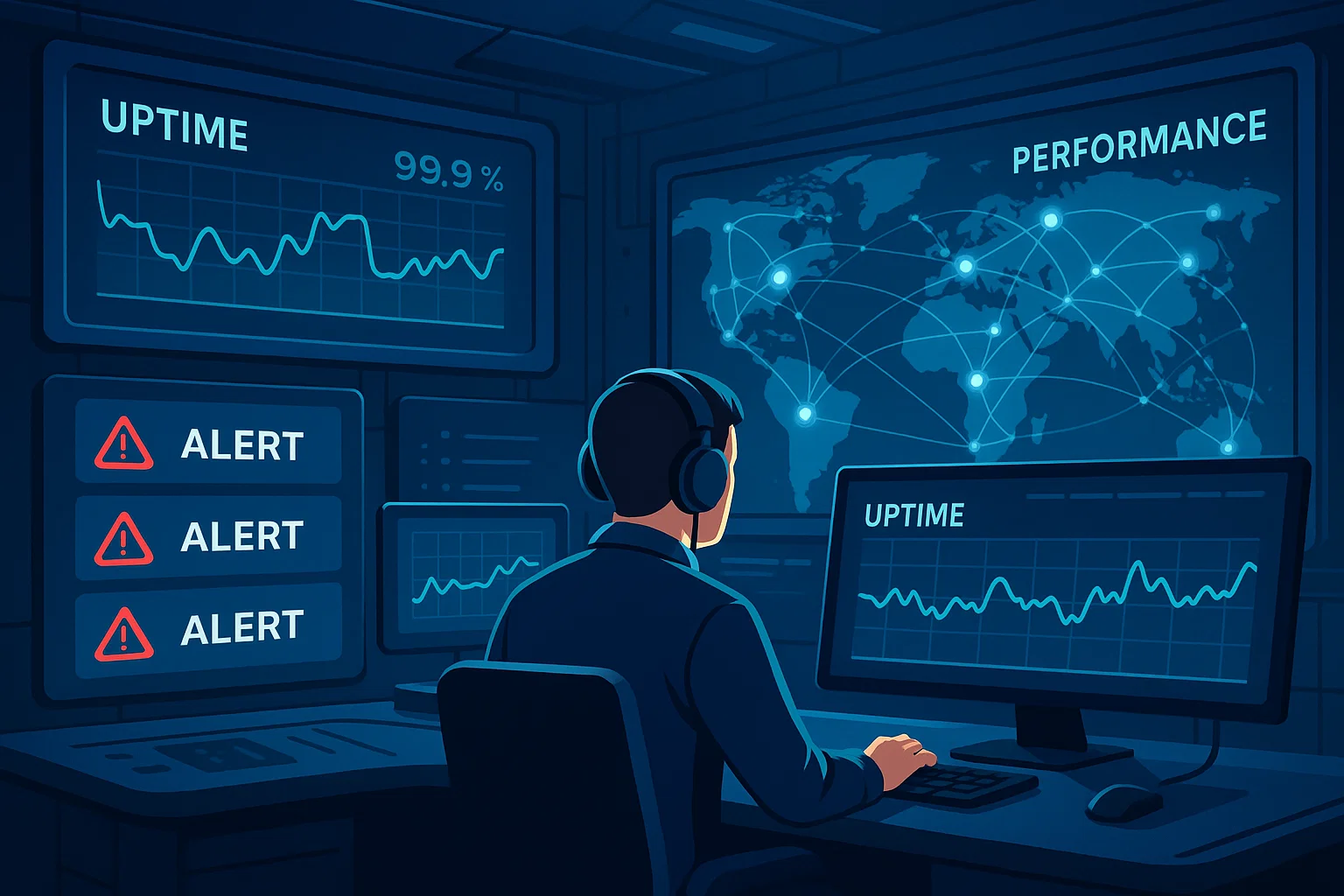
Conclusion
Answering the question, what is website maintenance, reveals that it is more than an occasional task—it is a continuous, strategic process that preserves the value of a business’s online presence. By addressing security, performance, accessibility, and SEO, maintenance ensures that a website remains an asset rather than a liability. Businesses that make maintenance a priority experience fewer emergencies, stronger customer trust, and better long-term growth. For companies ready to approach maintenance with confidence, partnering with experienced professionals like Best Website Builder Group provides the assurance that every digital detail is managed with care.
